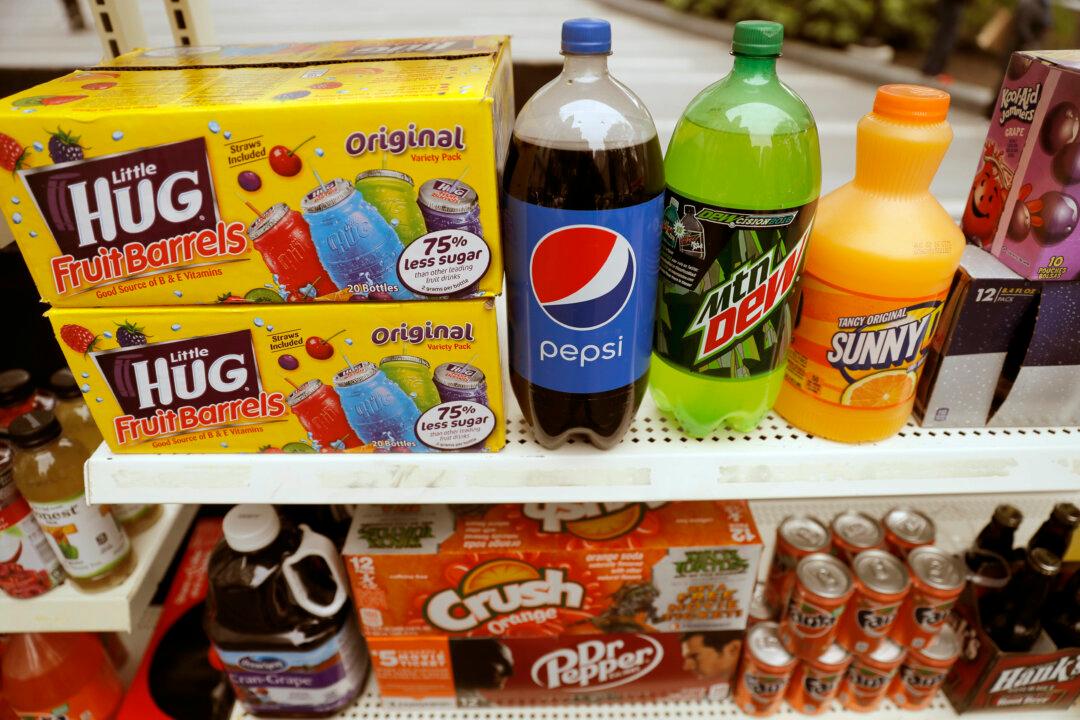Spanish researchers have found in a study of 75 drink samples that nearly all contained plasticizers—chemical coatings that give plastics their bendy and soft form—and the more sugar, the more plasticizer it had.
Plasticizers are polymer materials added to plastics for desired flexibility and durability, with bisphenol A, also known as BPA, and phthalates being the most commonly used.





